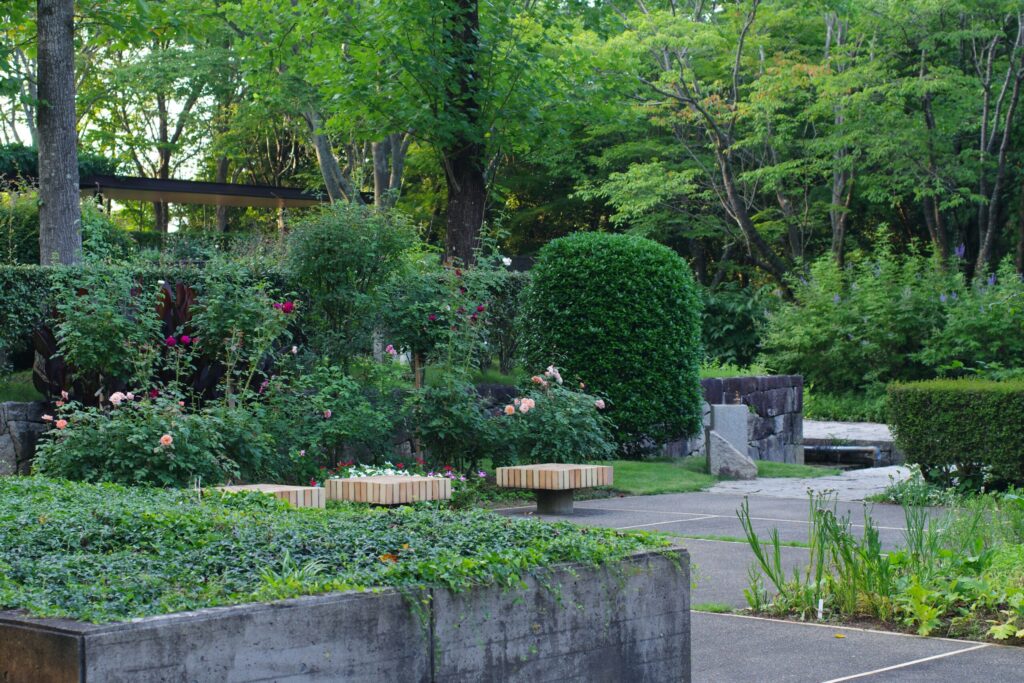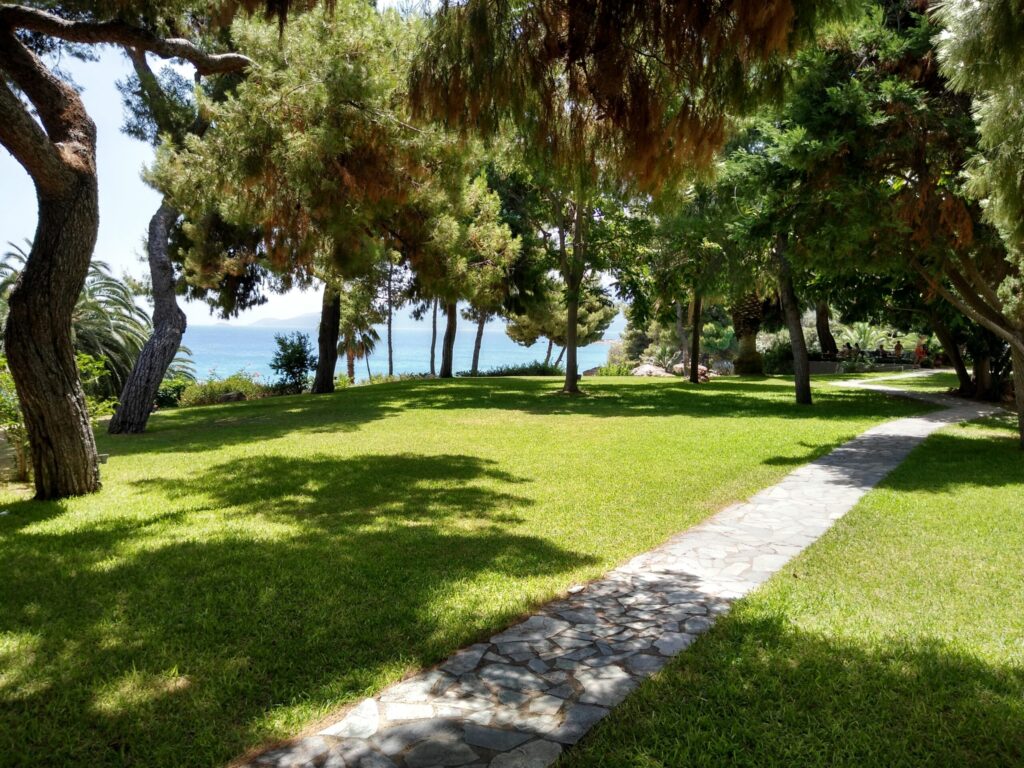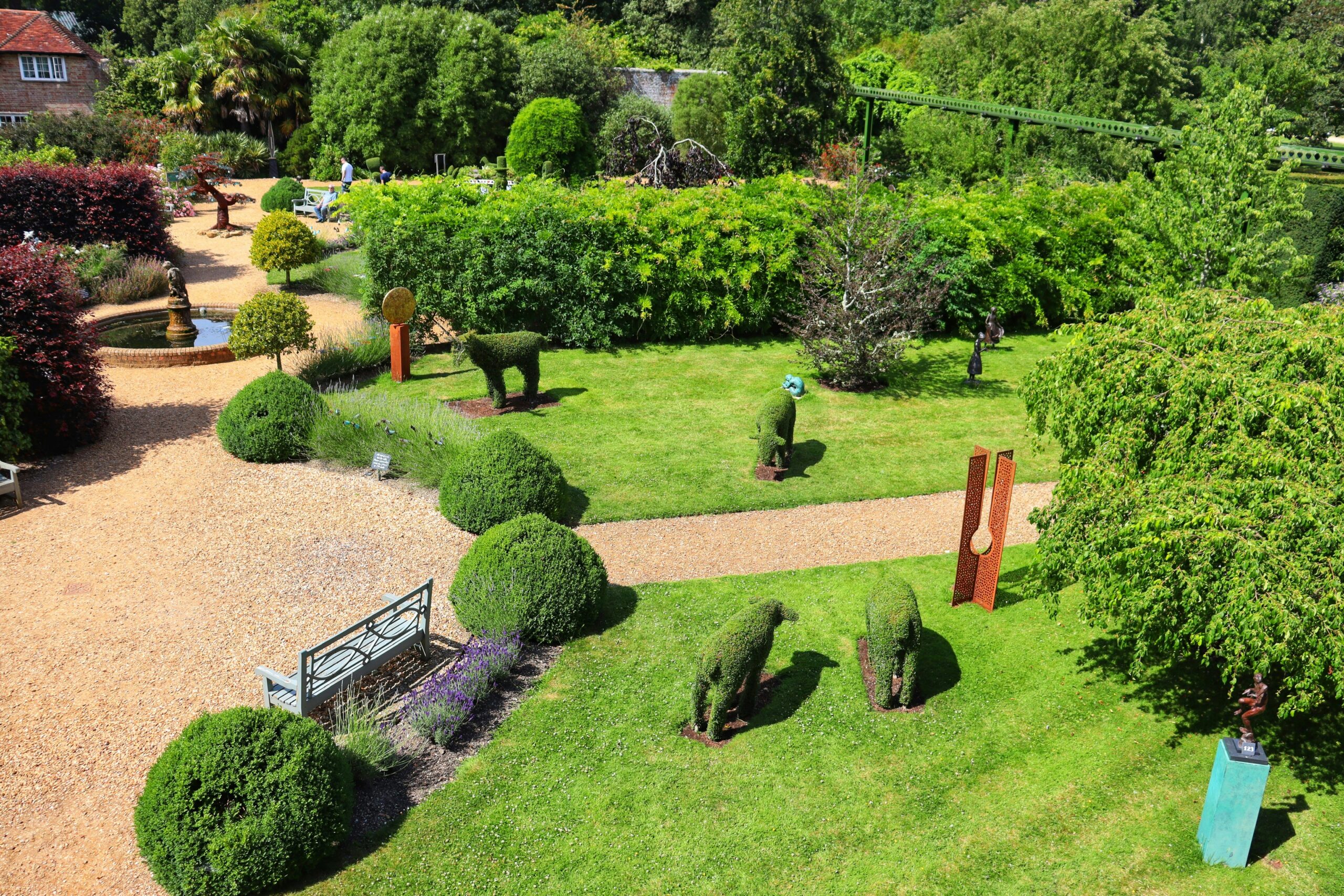Just the name Sunnyside Gardens evokes images of colourful plants absorbing golden sunlight. Sunlight, however, can seem like a scarce resource in the middle of a city. I will always remember my first attempt at urban gardening: a dejected little basil plant on my balcony, its leaves drooping and pale as it stretched towards a glimmer of light. That struggle made me curious about how I could transform my concrete corner into a flourishing, sun-drenched oasis. After years of trial and error, I’ve discovered seven amazing tricks that have not only preserved my basil but also completely changed my urban haven. Let’s examine how to use science, anecdotes, and real-world knowledge to bring the sun to your own sunnyside gardens.
Why Sunlight Matters in Urban Gardening

Sunlight is necessary, not just nice to have. It is essential to photosynthesis, which is how plants turn light into energy so they can develop and thrive. However, in urban environments, that valuable light can be blocked or diffused by tall buildings, trees, and even smog. Most plants require four to six hours of direct sunlight per day, but many city gardens receive much less, according to the Royal Horticultural Society. Making the most of what you have to ensure the success of your sunnyside gardens is where smart tactics come in.
Traditional vs. Optimized Urban Gardens: A Comparison
Tossing plants wherever they fit and crossing your fingers is a common practice in traditional urban gardening. Optimised sunnyside gardens, on the other hand, are purposeful. Here’s a brief summary:
| Approach | Traditional | Optimized | Why It Works |
|---|---|---|---|
| Plant Placement | Random spots | Mapped for sunlight | Ensures max exposure |
| Surfaces | Basic pots, dark colors | Reflective, light materials | Boosts light availability |
| Plant Selection | Whatever’s on hand | Light-specific species | Matches plants to conditions |
| Maintenance | Minimal pruning | Regular shaping | Lets light reach every leaf |
For me, switching to an optimised setup changed everything. While shade-tolerant plants rule in dimmer areas, my herbs now enjoy the morning light. Are you prepared to take the risk? These seven pointers will help you get started.
7 Brilliant Tips to Maximize Sunlight in Your Sunnyside Gardens

1. Map Your Light: Know Your Sun’s Rhythm
Every urban garden has a different pattern of light. Find out where the sun hits first by keeping a journal for a day. It lingers where? I discovered that before a nearby building casts its shadow, my balcony enjoys four glorious hours in the morning. This “light map” served as my blueprint, directing the placement of ferns that prefer shade and sun-loving herbs.
- Tool Tip: Apps like Sun Surveyor can pinpoint your light patterns with precision.
- Why It Works: Plants thrive when placed according to their light needs, not guesswork.
2. Reflect and Redirect: Bounce Light Like a Pro
An urban gardener’s secret weapon is reflective surfaces. Sunlight can be redirected into areas that are shaded by mirrors, white panels, or even aluminium foil. My tomato plants practically danced with delight as the light doubled after I hung a secondhand mirror across from my favourite spot.
- Science Bit: Reflective surfaces boost photosynthetically active radiation (PAR), the light plants crave most.
- DIY Twist: Paint pots white or line them with foil for a budget-friendly boost.
3. Pick the Perfect Plants: Match Light to Life
Not every plant worships the sun. Some prefer the shade, such as hostas and ferns, while others, like lavender and succulents, do best in bright light. My sunnyside gardens were saved by researching light requirements; sun-lovers no longer had to be pushed into dim areas.
- Sun-Lovers: Tomatoes, peppers, rosemary
- Shade Stars: Ferns, impatiens, peace lilies
- Resource: Check out this plant light guide.
4. Go Vertical: Stack Your Sunlight
In cities, space is limited, but height works to your advantage. Plants can be layered in wall planters, hanging baskets, and trellises to catch light at every level. My vertical herb wall looks like a living work of art in addition to catching the morning sun.
- Sustainable Spin: Build a trellis from reclaimed wood see our eco-friendly decor guide.
- Bonus: It frees up floor space for more greenery.
5. Prune and Train: Sculpt for Sunlight
Others may be left in the dark by overgrown plants that consume light. While training vines along wires directs growth towards the sun, regular pruning opens up the canopy. A little cut for a big win: cutting my ivy allowed light to flood my mint below.
- Technique: Pinch tips for bushiness, thin dense areas for penetration.
- Pro Insight: Pruning also boosts air flow, keeping plants healthy.
6. Time It Right: Sync with the Seasons
As the calendar changes, so does the amount of sunlight in long summer days, short winter ones. In the spring, plant crops that like the sun, like tomatoes, and in the autumn, switch to kale, which can withstand shade. My sunnyside gardens became a year-round producer thanks to timing.
- Seasonal Picks: Summer for peppers, winter for spinach.
- Tool: Track daylight with Time and Date.
7. Light It Up: Supplement with Grow Lights
Grow lights fill the void left by nature. LED options are ideal for indoor corners or balconies facing north because they replicate the spectrum of sunlight. My indoor herbs thrive during the gloomy winter months thanks to a clip-on light.
- Why LEDs?: Energy-efficient and plant-friendly—explore more in our environmentally friendly technology guide.
- My Pick: Full-spectrum lights for versatility.
The Science Behind the Sun: What Plants Crave

Photosynthesis is more than just a trendy term; it’s the magic of plants. Red light ignites blooms, while blue light propels leafy growth. These wavelengths are filtered by urban obstructions like buildings, which results in chlorosis (yellowing leaves) or etiolation (leggy growth). I learnt this firsthand from my sunnyside gardens: techniques like pruning and reflection are essentials, not extravagances. Optimising light involves both quantity and quality.
Conclusion: Light Up Your Sunnyside Gardens
It takes creativity to maximise sunlight in your urban garden one ray at a time, transforming obstacles into opportunities. Whether you’re starting with a single pot or envisioning a lush balcony jungle, these seven tips can completely change your space. A struggling basil plant marked the beginning of my own journey, and today I have a flourishing sunnyside garden that combines science and soul in equal measure.
What will you do next? You can map your light, hang a mirror, or leave a comment with your own tips. Check out our green garden guide for additional green inspiration. Together, let’s become brighter!
FAQ: Your Sunnyside Gardens Questions Answered
How much sunlight do plants really need?
It depends—most need 4-6 hours of direct light, but sun-lovers like tomatoes crave more, while ferns manage with less. Check your plants’ needs!
Are grow lights worth it?
Absolutely, especially in low-light spots. LEDs are sustainable and effective year-round.
What’s the simplest fix for shady gardens?
Start with a light map—it’s free, easy, and sets you up for success. Dig deeper with our organic gardening guide.
Can I overdo pruning?
Yes, but light trimming is safe. Focus on crowded areas to avoid stressing plants.
Quick Sunlight Hacks Table
| Hack | Benefit | Effort |
|---|---|---|
| Reflective Surfaces | Doubles light reach | Low |
| Vertical Planting | More light, more space | Medium |
| Grow Lights | Sunlight on demand | High |
Want more urban gardening ideas? Explore rain gardens or bamboo gardens. Happy planting!

